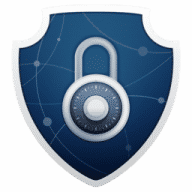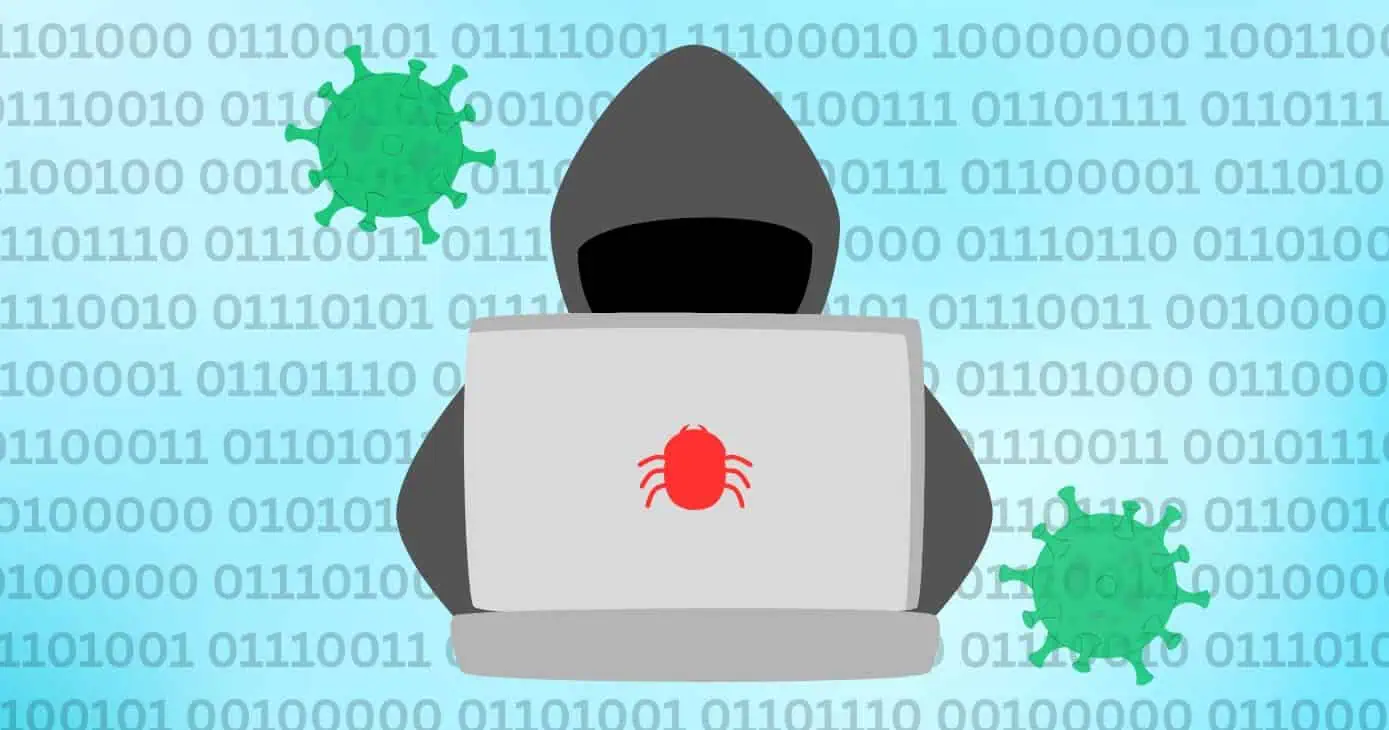
23 January 2023
How To Get Rid of Adware on Mac
Adware isn’t only for PCs. Sure, you may think your Mac is safe from viruses, but the opposite is actually the case, and adware represents one of the biggest threats to Apple-made computers out there.
Adware for Macs is a type of potentially unwanted program (PUP) that’s designed to infect your device so it displays intrusive in-browser advertisements or redirects you to suspicious websites. They’re becoming more common with each passing year, with AV-TEST data showing that 673,676 new variants of macOS malware were developed in 2020 alone, compared to 58,193 in 2019.
 Fortunately, there are ways of detecting and removing Mac adware, so that you can continue using your computer and browsing the Web as normal.
Fortunately, there are ways of detecting and removing Mac adware, so that you can continue using your computer and browsing the Web as normal.
What is adware and why is it dangerous?
Adware is a form of malicious code that causes your internet browser to display pop-up ads or windows when you’re online. Its aim is usually to generate revenue for its developer via clicks, but it may also have more sinister uses, such as collecting your personal and financial information.
Adware can infect Macs through apps you download, either from the official Apple App Store or — more commonly — elsewhere on the Web. For example, the operators of the Shlayer trojan (which is often used to install adware) have been reported to offer payments to website owners, YouTubers and even Wikipedia editors to direct visitors towards malicious downloads. Some developers may be able to infect otherwise legitimate apps or programs with their adware.
Regardless of its source, adware presents a real threat to users. On the one hand, it can simply make browsing the internet incredibly frustrating, with pop-ups and unexpected redirects stopping you from doing what you want to do. On the other, it can even collect your data and sell this on to third-parties, who most likely won’t have your best interests at heart.
Known signs your Mac is infected with adware
There are a number of signs your Mac may be infected by adware. These may appear in isolation, so don’t assume you need to see all of them together before concluding that adware is present on your device.
- Pop-ups: adware may result in several pop-ups being launched at once. It may also cause individual ads or windows to appear in quick succession, or more frequently than usual. Some of these pop-ups will likely appear in places they shouldn’t ordinarily be.
- More ads: if your Mac is infected with adware, you may see more advertisements than usual. These can appear in banners, search results and in the middle of website text.
- Redirection: clicking on a link that contains adware may result in you being redirected to unexpected websites. These sites will likely contain suspicious ads or offers.
- Different homepage: your web browser’s homepage may change in the event of your Mac being infected with adware.
- New extensions and toolbars: adware can add new toolbars or extensions to your web browser. These won’t be tools you’ve added yourself, and they may install additional malicious code if clicked.
- Slow performance: if your Mac and/or web browser appears to be much slower than usual, you may have been infected by adware. A similar thing applies if your browser or Mac crashes more than usual.
- Automatic installs: look out for unexpected or unwanted installations of software, which may again represent further adware or malware.
While slow performance on its own may not be a surefire sign of Mac adware, the appearance of the other symptoms on this list almost certainly means your computer has been infected.
How to remove adware from Mac
If you want to get rid of adware on Mac, there’s a manual process you can use. In many cases, it’s better to download and run anti-adware software, as listed in the next section. However, if you want to try it yourself, here are several steps you can take to root out adware manually.

Delete suspicious apps
- Launch Activity Monitor to check for any applications you don’t recognize
- If you find an unfamiliar application and it happens to be consuming a disproportionate amount of CPU or RAM, you can click on it and then click the X at the top of the Activity Monitor window. Next, click Force Quit
- After quitting the suspect application you should then open Finder. Go to Applications and scroll down to find the suspect app.
- Right-click on it and then select Move to Trash
- Lastly, go to Trash and delete the unwanted app permanently
Remove .plist files
- Go to Go > Go to Folder and copy-paste the following different folder locations: ~/Library/LaunchAgents, /Library/LaunchAgents, ~/Library/Application Support, and /Library/LaunchDaemons
- Once in each of these folders, look for any files ending with “.plist” that belong to applications you don’t recognize and delete them. Then empty Trash
Check for Login Items
- Open System Preferences and click Users & Groups
- Next, click your Mac user profile and select Login Items
- If you see anything suspicious, delete it by selecting it and clicking the – button to remove it. This will prevent it from running when you boot up your Mac
Uninstall unwanted browser extensions
- On Safari, go to Preferences > Extensions and uninstall any extensions you don’t recognize
- On Chrome, click More in the top-right corner (it looks like three dots in a horizontal line), and then go to Settings > Extensions
Scan Mac with an adware removal tool
However, you have to be careful when using the above method, since many .plist files are perfectly legitimate. This is why it’s usually easier and safer to use an adware removal for Mac tool, which can recognize adware and remove it without running the risk of affecting your device. Here are four of the most popular tools.
- Current Version: 5.7
- System Requirements: macOS 10.11 El Capitan or later, 100 MB of disk space.
- Licensing: from $10.95 per month
Offering all-around antivirus protection, MacKeeper also includes an Adware Cleaner feature that scans your Mac for adware and lets you move anything malicious to quarantine. Helpfully, it also includes a range of other features, such as Safe Cleanup, Duplicates Finder, Smart Uninstaller, and Memory Cleaner. It has received Apple notarization, certification from independent security research AV-TEST, and also ISO 27001 certification.
More info is available in the MacUpdate review of MacKeeper.
- Current Version: 4.13.5.4414
- System Requirements: macOS 10.12.0 or later
- Licensing: free trial for 14 days, then costs $39.99 per year. A free version can also be used which removes adware but doesn’t proactively scan for and block viruses.
Malwarebytes is a simple and focused adware cleaner that scans your Mac for malware. Its main strength is that it does this very quickly, with the software scanning locations where adware is likely to be active, rather than performing a full scan of your device’s entire hard disk. On the other hand, it lacks some of the additional features of other antivirus software for Mac, such as regular scans and a firewall.
Read about Malwarebytes with reviews from MacUpdate readers and further product information.
- Current Version: 9.0.1.8
- System Requirements: macOS X Yosemite (10.10) or later, 1GB of hard disk space
- Licensing: $39.99 per year
Bitdefender Antivirus for Mac includes a suite of tools for keeping your Mac safe. Its adware blocker detects and removes adware, as well as malicious hijacker programs, unwanted toolbar extensions, and other intrusive browser add-ons. It also comes with real-time monitoring for malware, anti-phishing website checks, and its own VPN. One of its advantages is that it runs scans very quickly, allowing you to get on with your business with a minimum of disruption.
Read more about Bitdefender Antivirus for Mac with reader reviews and further product info. Internet Security X9
Internet Security X9
- Current Version: 10.9
- System Requirements: macOS 10.9 or later, 1.5GB of disk space
- Licensing: $24.99 annual subscription for one device, $39.99 for three, $79.99 for five
Intego Internet Security X9 is another comprehensive antivirus application for Mac that includes several useful tools, such as a real-time virus scanner, malware quarantining and removal, a firewall, and a barrier for internet content.
More info and reader reviews of Intego Internet Security X9 can be found on this page.
How to remove adware from Mac using MacKeeper
With MacKeeper it’s easy to scan for and remove adware. All you need to do is the following:
- Launch MacKeeper and then select Adware Cleaner, which you can find on the panel on the left
- Select Open at the bottom of the screen, and then click Start Scan
- The scan will then execute. If any adware is found, you can remove it by clicking the Delete button
 However, assuming that you want to keep on top of adware and avoid relying on manual checks, you can opt to set up real-time monitoring.
However, assuming that you want to keep on top of adware and avoid relying on manual checks, you can opt to set up real-time monitoring.
After launching MacKeeper,
- Select MacKeeper from the top menu (next to the Apple log) and
- Click Preferences
- Lastly, go to Adware Cleaner and click the Enable Real-Time Monitoring box
Adware beware
While adware certainly can be a threat if left undetected, it can easily be managed with enough know-how and the right tools. By avoiding clicking on anything that looks suspicious or too good to be true, and by using a reputable adware removal tool, you can easily make it a thing of the past.
Software Expert
Simon Chandler is a writer based in London. He focuses mostly on tech, with bylines for Forbes, Digital Trends, Wired and Business Insider, among others.

























 MacKeeper
MacKeeper Malwarebytes
Malwarebytes Bitdefender
Bitdefender







